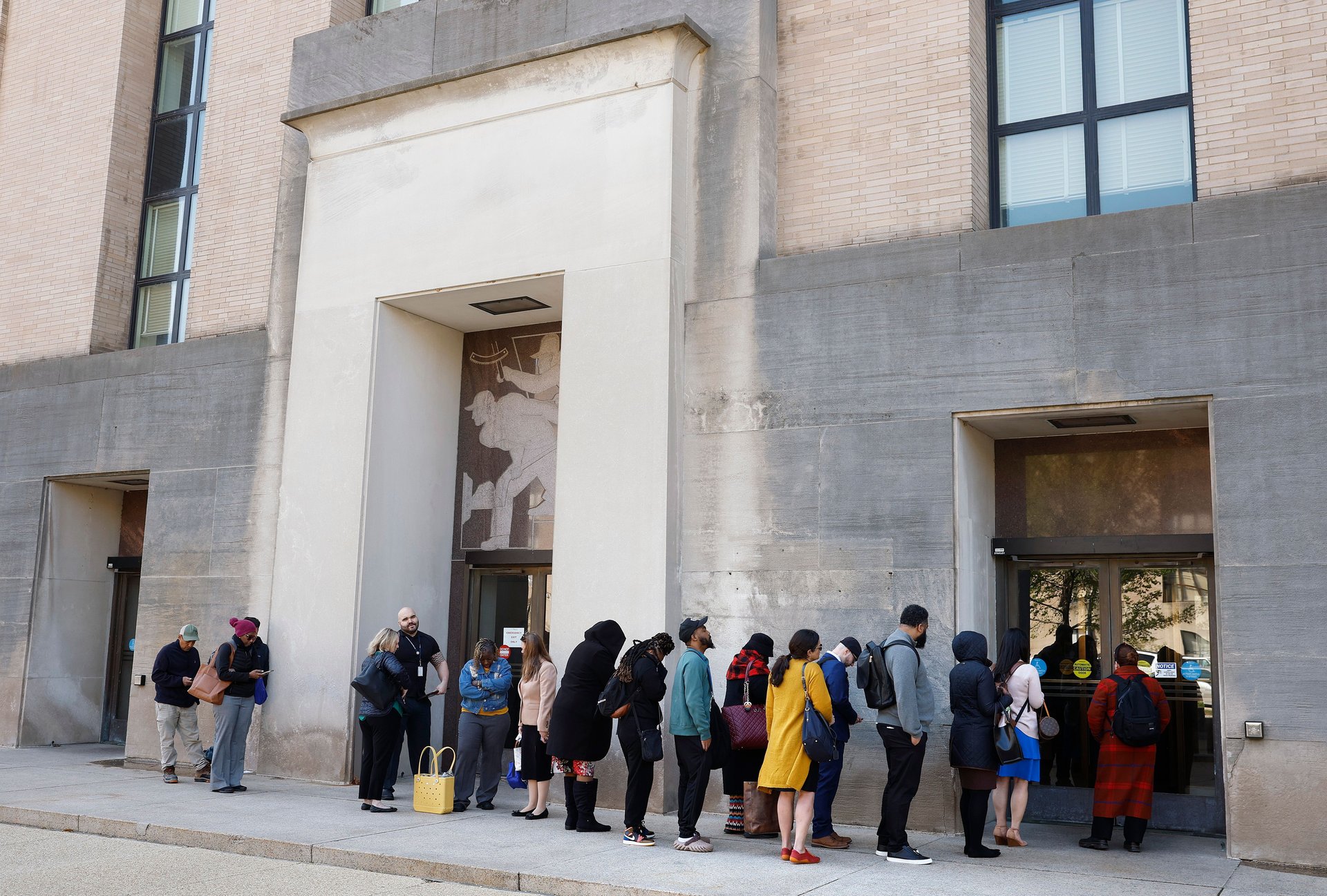The private sector lost a brutal number of jobs last month
ADP's private payroll numbers were well below economists' expectations in June and marked the worst showing in more than two years

Kevin Dietsch/Getty Images
The U.S. labor market just hit a serious speed bump.
Private employers cut 33,000 jobs in June, according to fresh data on private payroll numbers from ADP — the worst showing in more than two years (since March 2023) and a surprise move in the wrong direction. After months of sluggish but steady hiring, the engine appears to have stalled.
The numbers came in sharply below economists’ expectations, which aimed for gains between 95,000 and 103,000. It's a stark reversal from May’s revised modest growth of 29,000 jobs (down from 37,000).
And the losses weren’t spread evenly: June’s decline was largely driven by small- and medium-cap, service-producing companies. Large companies (with 500-plus employees) added jobs. Professional and business services took a massive hit, shedding 56,000 roles, while education and health services lost 52,000. Meanwhile, some traditionally volatile sectors — such as leisure and hospitality — managed to notch gains, suggesting a growing mismatch regarding where jobs are growing versus where they’re disappearing.
Surprisingly, it’s not layoffs that are driving the downturn.
“Though layoffs continue to be rare, a hesitancy to hire and a reluctance to replace departing workers led to job losses last month,” ADP’s chief economist, Dr. Nela Richardson, said in a statement. “Still, the slowdown in hiring has yet to disrupt pay growth.”
Wages remain resilient — for now. Annual pay rose 4.4% in June for workers staying in their jobs, while job-switchers continued to see almost 7% gains year-over-year. It’s cold comfort in a cooling job market — but it suggests workers still have some bargaining power. Meanwhile, a separate report from Challenger, Gray & Christmas showed that announced job cuts fell almost 49% last month, reinforcing the idea that companies aren’t slashing roles so much as quietly pulling back on hiring.
The ADP report, produced with Stanford’s Digital Economy Lab, landed just ahead of the official June jobs numbers from the Labor Department, which are due Thursday.
“The ADP report increased the odds of a downside surprise in Thursday’s nonfarm payroll release,” said Jeffrey Roach, chief economist for LPL Financial. “Investor jitters could be a catalyst for a drop in yields tomorrow if the jobs report is weaker than expected. I expect a weaker-than-consensus report, increasing the odds the Fed cuts three times this year.”
With the Federal Reserve watching every labor data point for cues on future rate cuts, June’s job drop could ripple far beyond HR departments. All eyes now turn to Thursday's official government jobs report to see whether ADP’s early warning was a one-off — or if it’s the start of something rougher.
